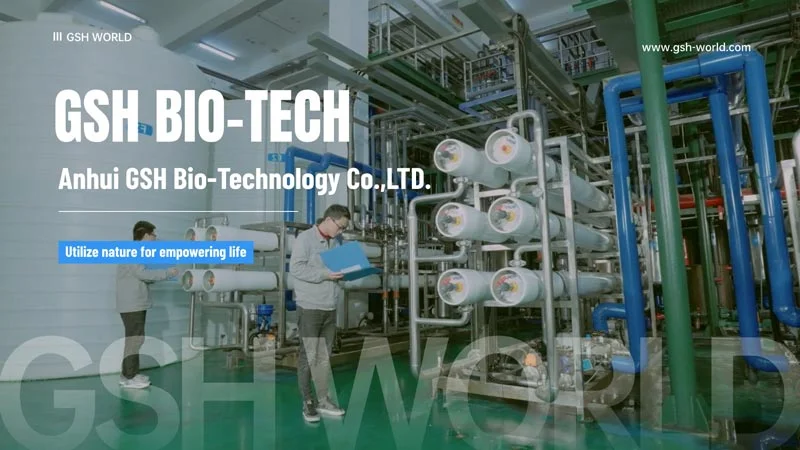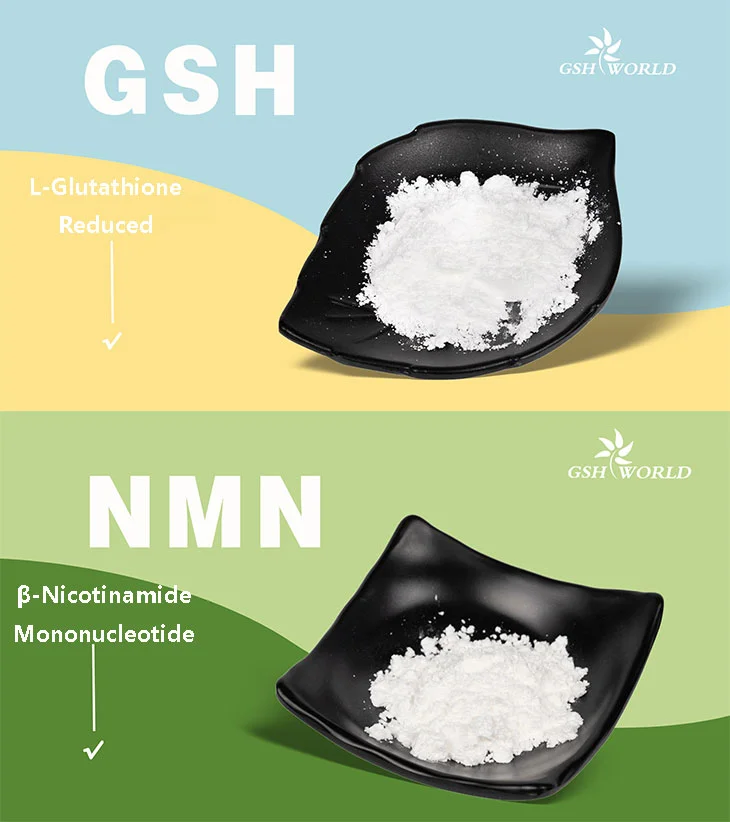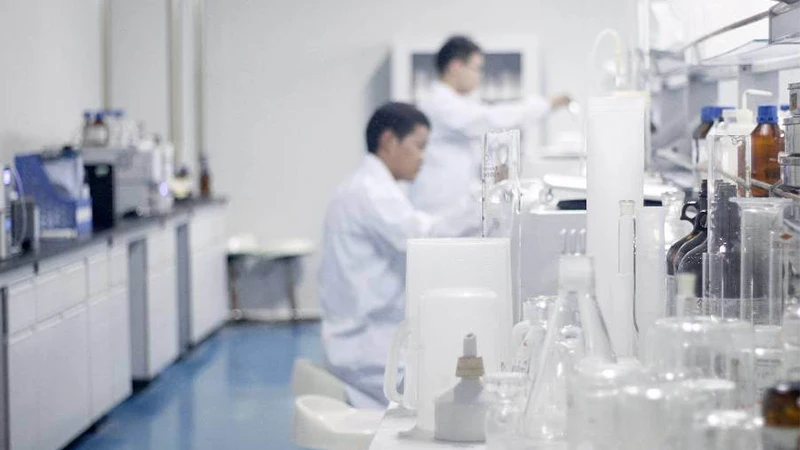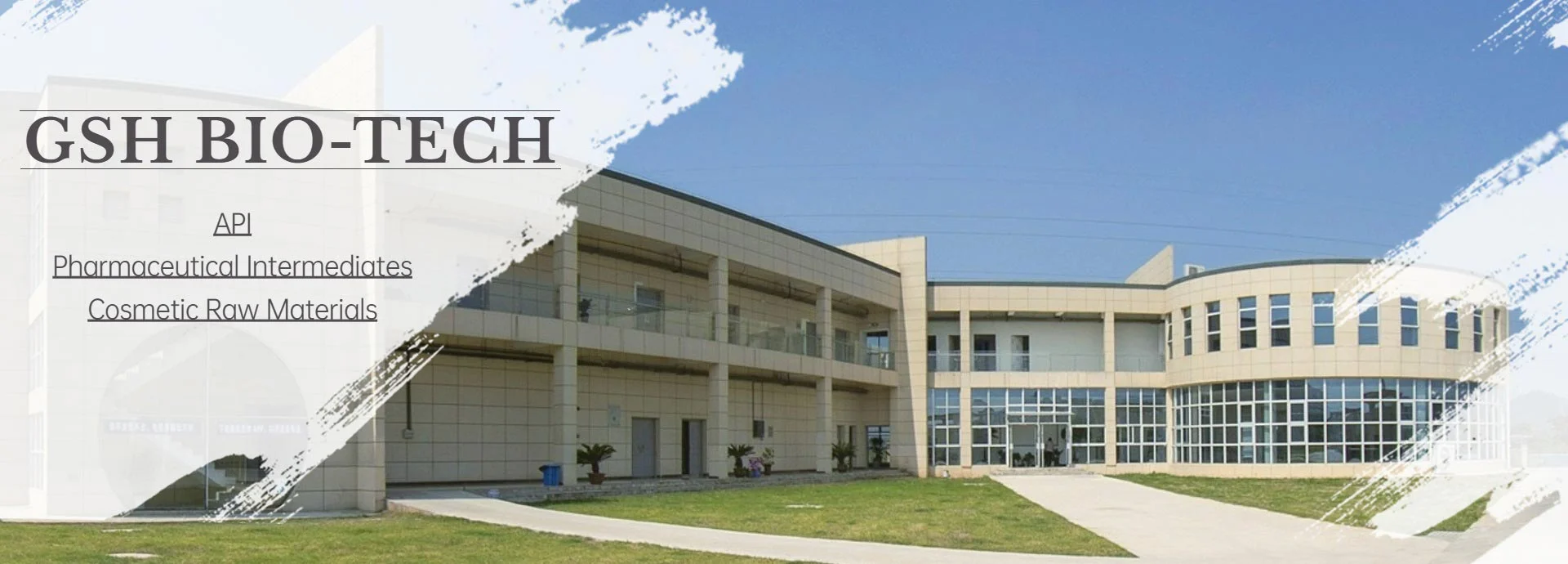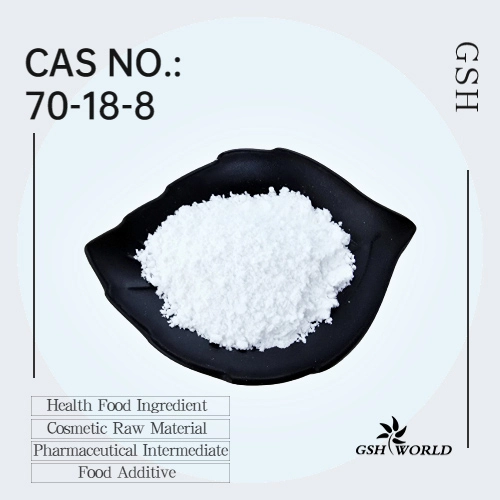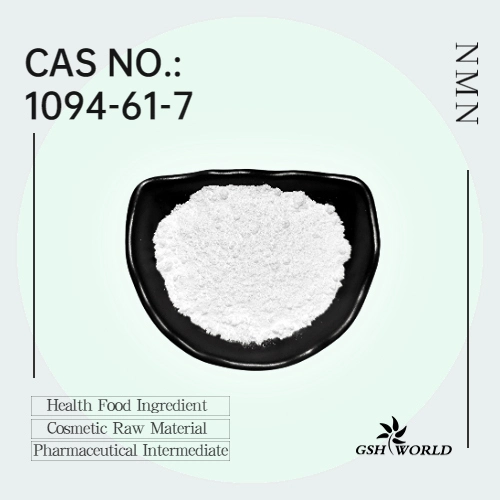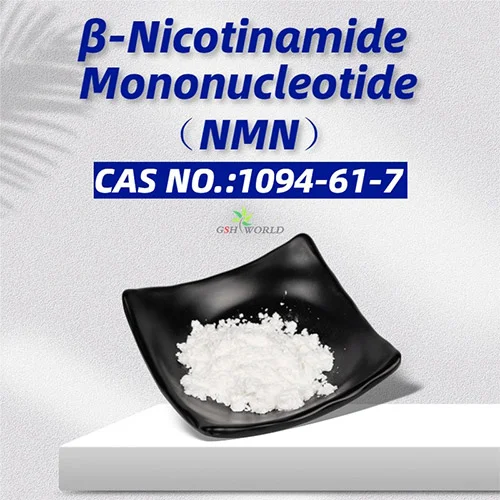Glutathione in Abiotic Stress: Action and Mechanism
Basic characteristics and biosynthesis
Structure and forms:
A thiol-containing tripeptide built from cysteine, glutamate and glycine. It exists as reduced glutathione (GSH, the principal ROS scavenger) and oxidized glutathione (GSSG). Under normal conditions GSH predominates; the GSH/GSSG ratio is a sensitive indicator of cytotoxicity.
Biosynthetic pathway:
Two consecutive ATP-dependent steps. First, γ-glutamyl-cysteine is formed by glutamate–cysteine ligase (GCL). Second, glutathione synthetase (GS) adds glycine to yield GSH.
The pathway is controlled by GCL and GS and is compartmentalized in chloroplasts, cytosol and mitochondria. In Arabidopsis a single gene encodes both GCL and GS through alternative translation initiation.
Regulation and antioxidant function
Antioxidant role:
Glutathione detoxifies H₂O₂, lipid peroxides, methylglyoxal and pesticides. It protects proteins via glutathionylation and drives the ascorbate–glutathione (AsA-GSH) cycle that regenerates ascorbate from dehydroascorbate.
Stress-responsive dynamics:
Abiotic stresses alter both total GSH and the GSH/GSSG ratio. In maize exposed to low temperature the rise in total GSH is caused by accelerated synthesis, while a stress-tolerant wheat hybrid accumulates more GSH and hydroxymethyl-GSH under heat, cold and osmotic stress.

Functions under specific abiotic stresses
Oxidative stress:
GSH maintains redox homeostasis; glutathione reductase sustains a high GSH/GSSG ratio to preserve protein structure and function. In chloroplasts the GSH redox state cooperates with the plastoquinone pool to modulate redox signaling.
Heat stress:
Exogenous glutathione improves thermotolerance by inducing antioxidant enzymes and scavenging ROS. Maize seedlings heated to 40 °C show elevated total GSH and a higher GSH/GSSG ratio; apple peel exposed to high temperature plus strong light increases endogenous GSH to enhance heat tolerance.
Cold stress:
External GSH reduces lipid peroxidation and electrolyte leakage. Rice sprayed with 0.5 mM GSH produces longer shoots and roots, higher fresh weight and greater endogenous GSH under chilling; tomato cv. Pusa Sheetal gains cold tolerance after glutathione treatment.
Salt stress:
Glutathione improves growth, water-use efficiency (WUE) and antioxidant enzyme activity. Pepper plants sprayed with 0.4 or 0.8 mM GSH exhibit higher WUE, greater fresh and dry mass of shoots and roots, and elevated osmolyte levels. In rice, tobacco and other species salt stress disturbs redox balance;
GSH restores it by regulating genes such as GST and GPX.
Heavy-metal stress:
Glutathione chelates metal ions (e.g., Cd²⁺) and drives phytochelatin (PC) synthesis; PCs in turn sequester Cd²⁺. ABC transporters then move the metal–PC complexes into vacuoles. Wheat under Cd stress shows increased endogenous GSH and photosynthetic pigments and less oxidative damage when supplied with exogenous GSH.
Drought stress:
External GSH raises photosynthetic rate, chlorophyll content and antioxidant enzyme activity. Mung bean treated with glutathione displays enhanced glyoxalase activity and a stronger antioxidant system, reducing drought-induced oxidation.
Over-expression of GST in Arabidopsis improves drought tolerance by maintaining the GSH pool; GSH also increases ABA content to regulate stomatal aperture.

Crosstalk with phytohormones
Key hormonal interactions:
Abscisic acid (ABA), salicylic acid (SA), ethylene (ET) and jasmonic acid (JA) interact with glutathione. SA modulates GSH levels via NPR1 to strengthen stress tolerance; JA up-regulates genes for GSH synthesis and recycling, boosting GSH production under oxidative stress;
the ET pathway participates in GSH-mediated tolerance to salt and heavy metals—Arabidopsis ET-insensitive mutant ein2 fails to gain stress tolerance even when GSH is supplied.
Transcriptional control:
Although the transcriptional regulation of glutathione by hormones is still unclear, some hormonal steps are required for glutathione action. Transgenic Arabidopsis over-expressing AtECS1 accumulates more glutathione and shows stronger SA-dependent expression of PR genes.
Reference
[1] Rai G K, Kumar P, Choudhary S M, et al. Antioxidant potential of glutathione and crosstalk with phytohormones in enhancing abiotic stress tolerance in crop plants. Plants, 2023, 12(5): 1133.
*Special note - This article is for informational purposes only and cannot replace a doctor's treatment diagnosis and advice. It should not be regarded as a recommendation or proof of efficacy of the medical products involved. If it involves disease diagnosis, treatment, and rehabilitation, please be sure to go to a professional medical institution to seek professional advice.
PREVIOUS: Get to Know γ-Glutamylcysteine
NEXT: FDA Reverses Course, Legalizing NMN in Dietary Supplements
by GSHWORLD
GSHWORLD is China Biological API Manufacturer. China Glutathione Supplements powder suppliers & best Glutathione benefits raw material Factory.

